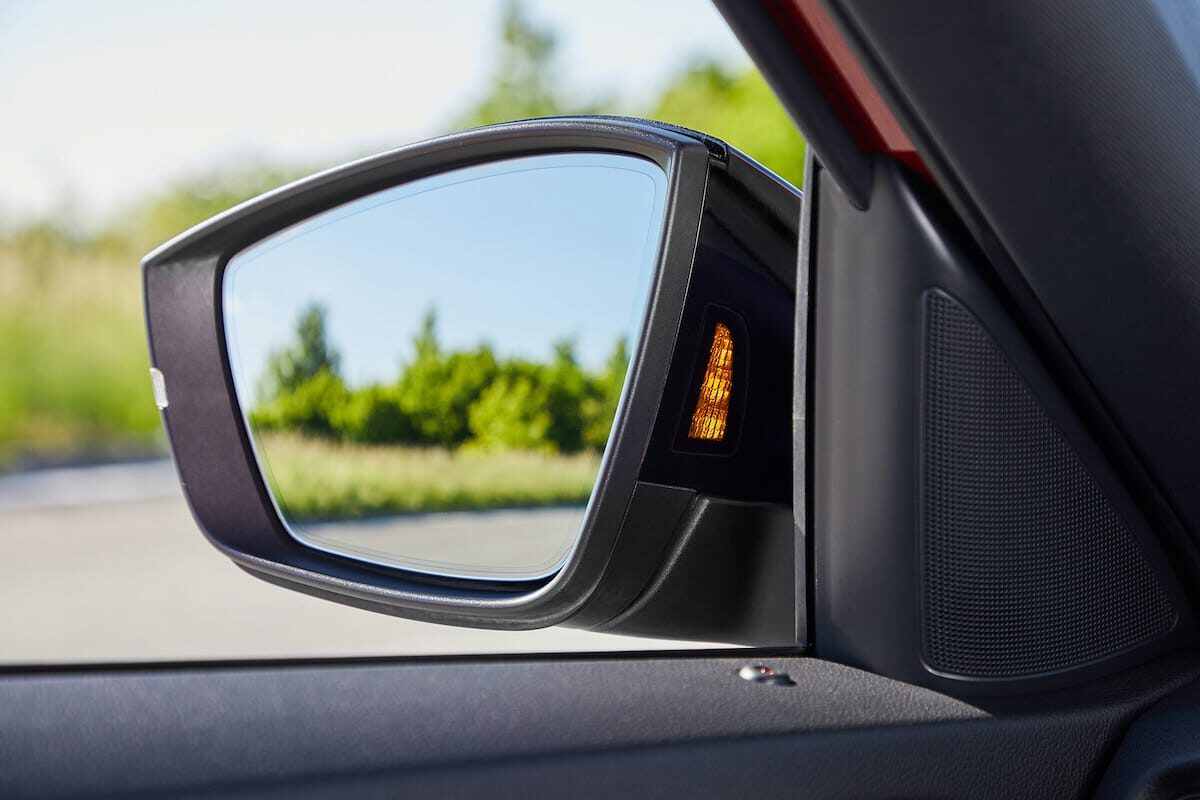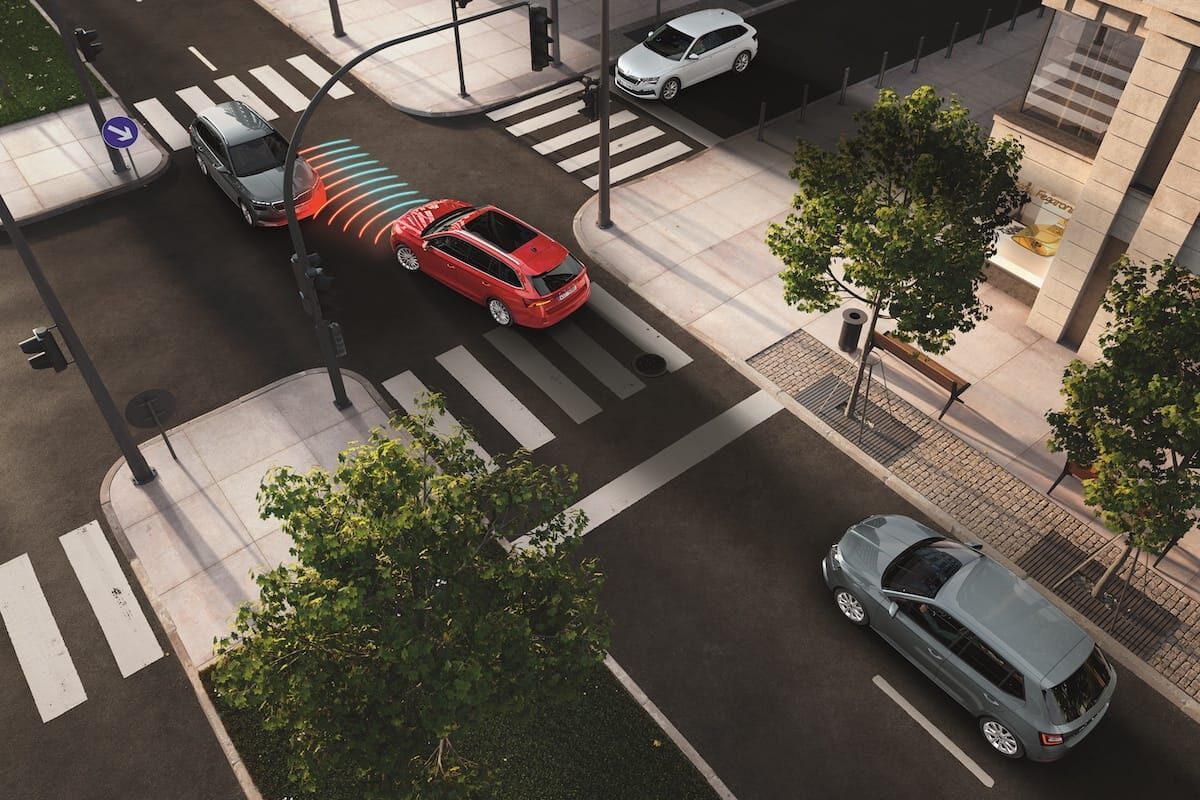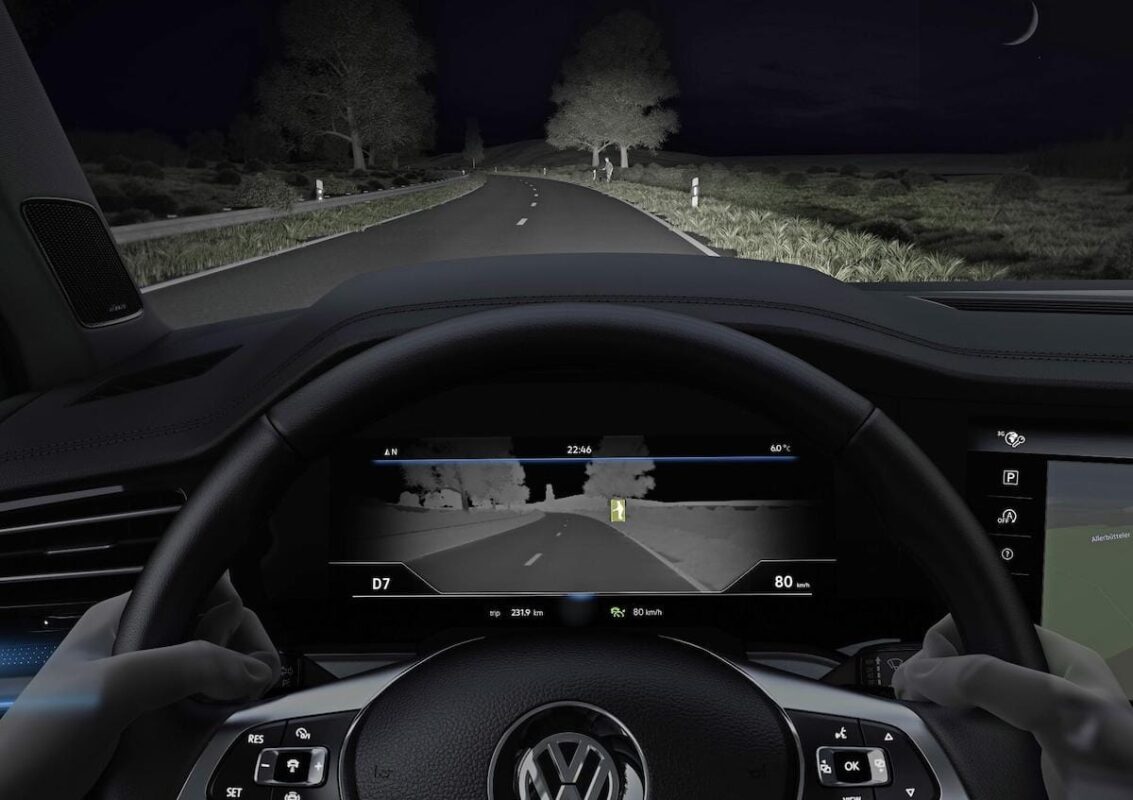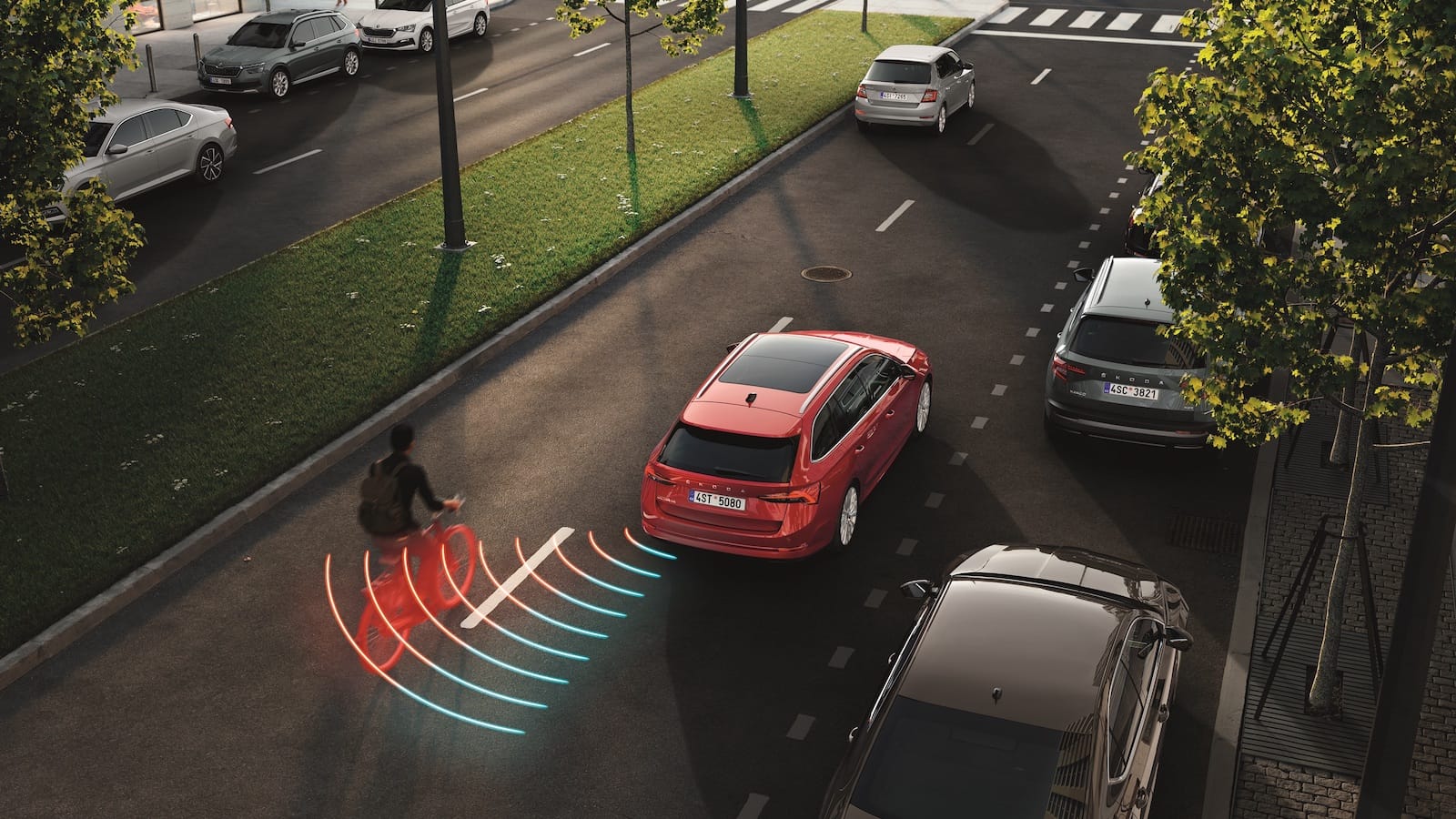If you look under the safety systems section when buying a new car, you’ll be wowed by a vast array of acronyms and impressive-sounding technologies.
Modern cars are quite incredible, with most able to ‘see’ the world around them and anticipate and react to situations on the road. Understanding what these technologies are, as well as which are most important, can help you decide on which new model you’re going to buy.
Here, we outline the most common driver assistance systems and what they do.
Parking assist
Parking can be tricky, because cars are getting bigger but parking spaces remain the same size. Fortunately, some cars offer a system that can park the car automatically.
Again, these systems vary, but they should be capable of driving forwards or backwards into a bay, or perform parallel parking on the street.

Advanced cruise control
This is a hugely appealing technology for anyone who spends a lot of time on the motorway. They have various levels of competence, but in their most basic form your car will use radar to judge the speed and distance of the car in front and adjust its own speed to maintain a constant distance behind.
Some can also help keep the car in its lane, with Tesla’s ‘Autopilot’ system the best known example.
Blind spot warning

One of the lessons we learn early in our driving careers is that checking your blind spot is important to avoid accidents. However, many modern cars now have blind spot warning systems that tell you if there’s a car off your rear quarter that might have escaped your vision.
They tend to work with an orange light embedded in the wing mirror, so as you check the mirror to see what’s behind you, you’ll see that you should hold off changing lanes even if you can’t see a vehicle without having to look over your shoulder.
Front collision warning
These systems scan the road ahead and can pick out obstacles in the road, such as other vehicles or pedestrians. If it identifies an object and your closing speed puts you at risk of a collision, it will alert you.
This alert comes in a variety of ways, but most use a flashing icon on the dashboard and an audible alarm. Some cars will also boost brake input to help avoid a crash, but importantly they only warn you of an obstacle – you must take action yourself.
Automatic emergency braking (AEB)
Emergency braking systems take the principle of forward collision warnings, but are capable of taking action to avoid a crash. Should a crash be anticipated, the car can apply the brakes to stop the vehicle quickly.
Some more advanced systems can also scan the opposite lane to see if it is clear, and if it decides it can’t stop in time, will steer the car around the obstacle.
Safety bodies like Euro NCAP and Britain’s own Thatcham Research contend that AEB is one of the most important factors in reducing road deaths since the seat belt.

Lane-keep assist systems (LKAS)
This one is fairly self-explanatory, but it’s important to be aware if a car has this ahead of a test drive, because it can make the steering feel quite odd if you’re not expecting it.
In its most basic form, lane departure warning systems will alert you if you’re drifting out of lane, while LKAS will actively alter the car’s steering and pull you back into the centre of the lane.
Night vision

In the car industry, night vision is still a very new technology. Introduced with the luxurious Mercedes-Benz S-Class, it has slowly filtered down to a few mainstream models such as the DS 7 Crossback.
It uses night vision to display a black and white image, usually in the instrument binnacle, that can see pedestrians or animals far in the distance, ahead of the headlights. While you shouldn’t drive by looking at the screen, it’s often used to warn of potential hazards before you’ve seen them.
This article was originally published in August 2020, and most recently updated in March 2022










